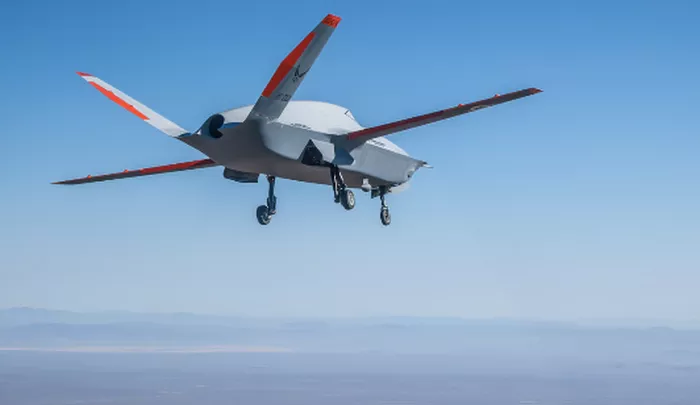The Air Force Special Operations Command (AFSOC) is turning to industry partners to advance autonomous technologies as part of its broader effort to modernize intelligence and surveillance operations using uncrewed systems.
This initiative, known as the Adaptive Airborne Enterprise, aims to create a highly interoperable system-of-systems that leverages expendable, autonomous small uncrewed aerial platforms. These systems will be connected through resilient data links and controlled via a common software architecture to support intelligence, surveillance, and reconnaissance (ISR) missions.
In collaboration with U.S. Special Operations Command’s (SOCOM) innovation hub, SOFWERX, AFSOC has launched an assessment to evaluate 60 white papers submitted by industry. The review process is focused on identifying scalable, mission-ready autonomy capabilities to enhance the Adaptive Airborne Enterprise.
Col. T. Justin Bronder, Program Executive Officer for Fixed Wing Programs at SOCOM, said the effort is centered on integrating “niche, focused autonomy solutions” into a software-defined operational framework.
“We’re actively seeking solutions that can seamlessly integrate into our current kit,” Bronder said at the recent SOF Week conference. “The key is interoperability—developing capabilities that are not only tailored to AFSOC but can be leveraged across all components of Special Operations Command.”
Lt. Col. Shawna Matthys, division lead for Integrated Strike Programs under PEO Fixed Wing, underscored the critical technologies needed to realize the initiative’s goals.
“We’re calling on industry to deliver automation and autonomy, secure and resilient communications, advanced navigation and sensing systems, and modular payload capabilities,” Matthys said. “These elements are vital for maintaining our asymmetric advantage in a rapidly changing threat environment.”
Bronder emphasized that the autonomy solutions must be widely applicable across different units and platforms to avoid isolated development and to promote interoperability across the command’s broader digital and operational framework.
The current assessment is ongoing, but Bronder hinted at more solicitations in the future. “Keep an eye on SOFWERX,” he said. “We’re opening the door for teaming opportunities and welcoming new partners to help solve real tactical problems in autonomy and small UAS operations.”
The Adaptive Airborne Enterprise represents a forward-looking approach to warfare, where scalable autonomy and flexible drone operations will be central to maintaining U.S. superiority in complex, contested environments.
Related topics:

